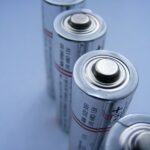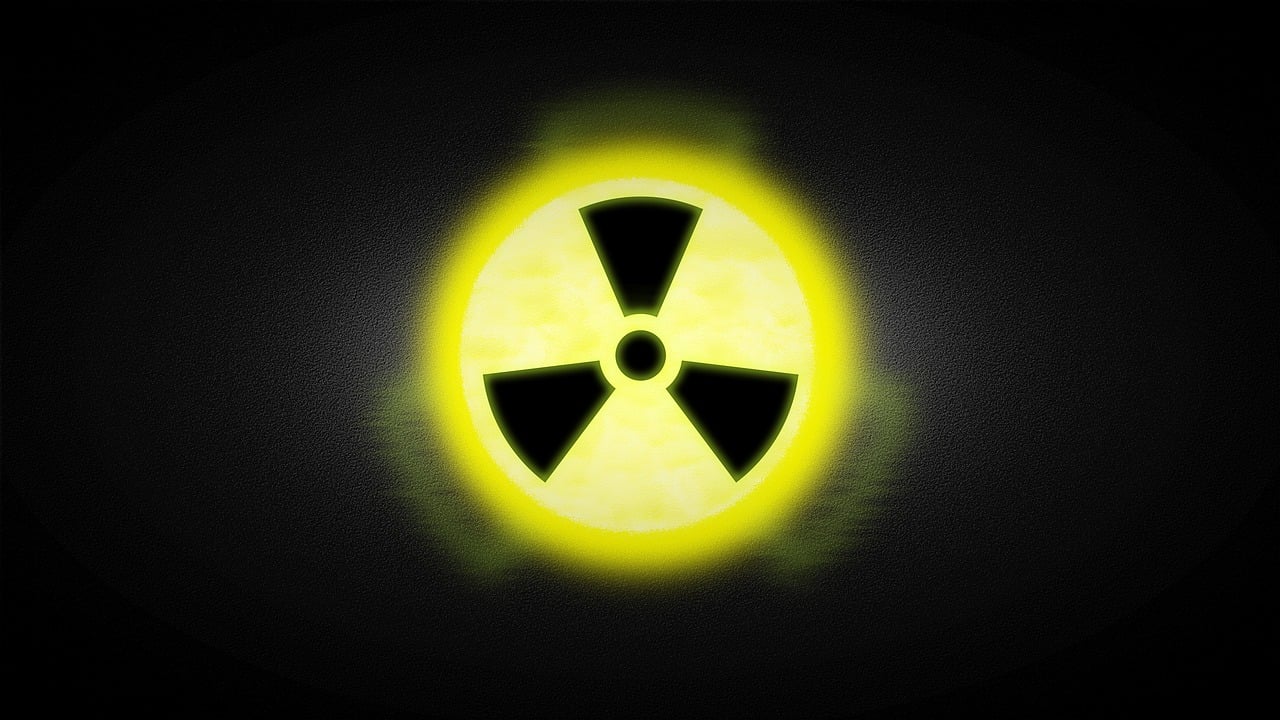Crystallization is a critical process in various industries such as pharmaceuticals, food processing, chemical engineering, and metallurgy. It involves the separation of solid crystals from a solution, typically through cooling or evaporation, and is often used to purify or isolate a product. The size of the crystals formed in a crystallizer is a vital parameter, as it influences the quality, purity, and performance of the final product. In particular, in continuous crystallizers, where the solution is constantly fed and withdrawn, the control of crystal size is even more complex. A continuous crystallizer aims to produce a consistent product, and the factors that influence crystal size must be carefully managed.
In this article, we will explore the key factors that affect crystal size in a continuous crystallizer, examining how each parameter contributes to the overall crystallization process. The key factors include cooling rate, solute concentration, residence time, agitation and flow conditions, seeding, crystal growth rate, and the presence of impurities.
1. Cooling Rate or Temperature Gradient
One of the most influential factors in determining the size of crystals in a continuous crystallizer is the cooling rate or the temperature gradient in the system. Crystallization generally occurs when a supersaturated solution is cooled, allowing the solute to precipitate out as crystals. The rate at which this cooling occurs has a direct effect on crystal size.
Slow Cooling: When the cooling rate is slow, the system provides enough time for the solute molecules to align and form larger crystals. In this scenario, nucleation occurs at a slower rate, and crystal growth predominates. The molecules can align into well-formed structures, resulting in larger, purer crystals.
Rapid Cooling: On the other hand, if the solution is cooled too quickly, the system reaches supersaturation rapidly, which increases the nucleation rate. The high number of nucleated sites leads to the formation of many smaller crystals rather than fewer larger ones. Rapid cooling can also trap residual impurities in the crystal structure, compromising the quality of the product.
A proper cooling strategy is essential to optimize crystal size in continuous crystallizers. The cooling must be controlled to ensure that nucleation occurs at the desired rate, without leading to an excessive number of small crystals.
2. Solute Concentration
The concentration of the solute in the solution plays a crucial role in determining the crystal size. The relationship between solute concentration and crystal formation is governed by the concept of supersaturation—the state in which the solute concentration exceeds its solubility limit at a given temperature.
High Supersaturation: When the solution is highly supersaturated, the driving force for crystallization is large, leading to a rapid nucleation rate. As a result, many small crystals are formed. High supersaturation favors the formation of many nuclei, but the growth of individual crystals is limited since the available solute is quickly consumed in the nucleation process. This results in smaller crystals.
Low Supersaturation: In contrast, when supersaturation is low, fewer nuclei form, and the crystals grow slowly. This allows for larger crystals to form, as there is more time for the solute to diffuse and adhere to the existing crystal structures. However, controlling supersaturation in a continuous crystallizer can be challenging, as it is continuously influenced by the rate of solute feeding, cooling, and withdrawal.
Therefore, a balance must be struck in controlling the solute concentration to achieve the desired crystal size. Too high a concentration can lead to small crystals, while too low a concentration might not produce sufficient crystals or could lead to undesirably large crystals.
3. Residence Time
Residence time refers to the amount of time that the solution stays in the crystallizer before being withdrawn. This factor directly impacts crystal growth and is essential in continuous crystallization processes, where the solution is constantly being fed into and withdrawn from the system.
Long Residence Time: A longer residence time allows for more time for the crystals to grow. During this period, crystals continue to absorb the solute from the solution and increase in size. In this case, the crystals formed are typically larger, as the slower rate of nucleation and the longer growth period allow the existing crystals to reach greater dimensions.
Short Residence Time: In contrast, if the residence time is short, there is less time for crystal growth, and the crystals formed tend to be smaller. Shorter residence times can also lead to incomplete crystallization, where the system has not reached the equilibrium state for crystal formation.
Adjusting residence time in a continuous crystallizer helps control the crystal size distribution. Longer residence times promote larger crystals, while shorter residence times lead to smaller ones. The design of the crystallizer and the flow rate of the solution are crucial factors in determining residence time.
4. Agitation and Flow Conditions
Agitation and the flow conditions within the crystallizer can significantly impact the size and quality of the crystals produced. The movement of the solution affects both the rate of nucleation and crystal growth.
High Agitation: Strong agitation or high flow rates can lead to increased shear forces, which may break up larger crystals into smaller pieces. This can lead to a more uniform distribution of smaller crystals but can also reduce the overall size of the crystals. High agitation may also prevent crystals from settling and growing together, leading to fewer opportunities for larger crystals to form.
Low Agitation: On the other hand, insufficient agitation may result in poor mixing of the solution, causing areas of high supersaturation to exist in pockets within the crystallizer. This can lead to uneven crystal growth, with some areas experiencing rapid nucleation and others having slow or no crystal formation. Low agitation can also result in slow diffusion of solute molecules to the crystal surface, which can limit crystal growth.
The optimal agitation speed and flow conditions must be carefully balanced to ensure uniform crystallization. Typically, the flow should promote effective mixing without causing excessive breakage of crystals or preventing proper crystal growth.
5. Seeding
Seeding is the process of introducing small pre-formed crystals (seeds) into the crystallizer to initiate the crystallization process. Seeding is an essential technique for controlling crystal size, particularly in continuous crystallizers.
Seeded Crystallization: By introducing seed crystals, the crystallizer has a controlled number of nucleation sites. This reduces the chance of spontaneous nucleation and results in more uniform crystal growth. The seed crystals provide a template onto which additional solute molecules can attach, promoting the formation of larger crystals.
Seeding Density: The size and number of seeds used can influence the final crystal size. More seeds lead to a higher number of smaller crystals, while fewer seeds allow for larger crystals to form. By carefully selecting the number and size of seeds, the crystallization process can be tailored to produce crystals of the desired size.
Seeding also helps maintain the stability of the process by ensuring a consistent level of nuclei, preventing excessive nucleation or crystal breakage.
6. Crystal Growth Rate
The rate of crystal growth is a critical parameter in the crystallization process. Crystal growth occurs as solute molecules attach to the existing crystal surface, and the rate of this process determines the size of the crystals.
Faster Growth Rates: If the crystal growth rate is high, crystals tend to grow rapidly but may be smaller overall, as the solute is consumed quickly by many nuclei. This leads to a higher number of small crystals rather than fewer large ones.
Slower Growth Rates: A slower crystal growth rate gives the crystals more time to grow to a larger size. Slower growth rates typically lead to larger, more well-formed crystals, as there is a more significant opportunity for solute molecules to diffuse and attach to the existing crystal lattice.
Controlling the crystal growth rate can be achieved by adjusting the temperature, solute concentration, and cooling rate. The goal is to control the growth rate in such a way that large crystals form without leading to excessive nucleation or impurity trapping.
7. Impurities
The presence of impurities in the solution can have a profound impact on the crystallization process. Impurities can either hinder or promote crystal growth, depending on their nature and concentration.
Impurities as Growth Inhibitors: In some cases, impurities may adsorb onto the crystal surface, preventing further growth or causing the crystals to form with irregular shapes. This leads to smaller and often more defective crystals.
Impurities as Growth Promoters: In other cases, impurities may promote the formation of crystals by acting as nucleation sites. This can lead to the formation of smaller crystals, as the impurities introduce more nucleation points within the solution.
To ensure high-quality crystallization, it is essential to minimize impurities or control their concentration to avoid negative effects on crystal growth. Impurity removal techniques, such as filtration or recrystallization, may be required in some cases to ensure the purity of the product.
Conclusion
The size of crystals produced in a continuous crystallizer is influenced by a wide range of factors, including cooling rate, solute concentration, residence time, agitation, seeding, crystal growth rate, and impurities. A successful crystallization process requires the careful management of these variables to achieve the desired crystal size, shape, and purity. By understanding and controlling these factors, engineers and chemists can optimize the crystallization process to produce high-quality products across various industries.
In summary, achieving the right balance between all these factors is essential to controlling crystal size in continuous crystallization, and careful process design and monitoring are crucial for producing the best possible crystal product.















